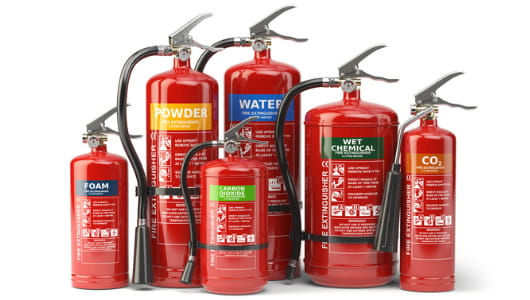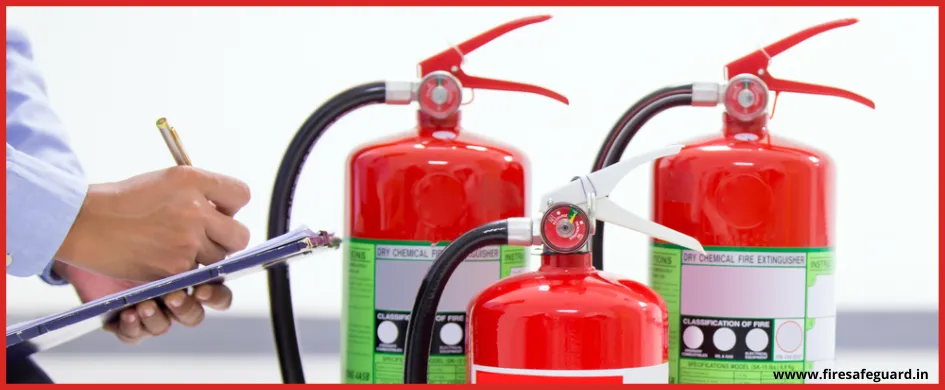Fire safety is a critical aspect of any business or office environment. One of the most effective ways to mitigate the risk of fire is by having the appropriate fire extinguishers readily available. Among the various types of fire extinguishers, water-type extinguishers are the most common and affordable.
This article will discuss thoroughly about water-type fire extinguishers, their types, benefits, and why they are a crucial component of fire safety in any setting.
What is a Water-Type Fire Extinguisher?
As the name suggests, a water-type fire extinguisher uses water as its primary extinguishing agent. Water is an effective medium for suppressing fires, especially those involving ordinary combustibles like wood, paper, and cloth. Water-type fire extinguishers come in two main sub-types: CO2-powered extinguishers and pressurized water extinguishers.
CO2-Powered Extinguisher
A CO2-powered extinguisher incorporates a small CO2 cartridge that helps expel the water with significant pressure. The carbon dioxide also aids in reducing the spread of the fire by carbonating the water, which enhances its fire-suppressing capabilities.
Pressurized Water Extinguisher
A pressurized water extinguisher is filled with water under high pressure, typically around 10 bars. This high-pressure mechanism allows the water to be expelled forcefully through the nozzle, making it effective for fighting fires. However, due to the pressurized water, these extinguishers tend to be heavier.
Benefits of Using Water-Type Fire Suppressors
Water-type fire extinguishers offer several advantages, making them a popular choice for many businesses and residential settings. Here are some of the key benefits:
Non-Toxic
Water is a natural, non-toxic substance, making water-type extinguishers safe and eco-friendly. Unlike chemical-based fire extinguishers, water extinguishers do not leave harmful residues or pose any health risks to individuals or the environment.
Cooling Effect
One of the most significant advantages of using water to extinguish a fire is its cooling effect. Water not only extinguishes the fire but also cools down the affected area, preventing the possibility of re-ignition and reducing the overall temperature.
Long Range
Thanks to the high-pressure CO2 cartridges or pressurized mechanisms, water-type fire extinguishers can discharge water over a considerable distance. This feature allows users to tackle larger fires from a safer distance, minimizing the risk of injury.
Completely Safe
Water-type extinguishers are straightforward to use and do not create a mess after the fire is extinguished. They are reliable and effective, making them a safe choice for most fire emergencies involving ordinary combustibles.
Affordable
Affordability is another significant advantage of water-type fire extinguishers. Compared to other fire suppression systems, water extinguishers are relatively inexpensive, making them accessible for businesses and homeowners alike.
Proper Maintenance and Inspection
To ensure the effectiveness of water-type fire extinguishers, regular maintenance and inspection are necessary. Here are some key points to consider:
Monthly Checks
Conduct a visual inspection of the extinguisher every month. Ensure that the pressure gauge is within the green zone, indicating adequate pressure. Check for signs of damage, corrosion, or any other leakage-related issues.
Annual Servicing
Have a professional service the extinguisher annually. This includes a thorough examination, pressure testing, and refilling if necessary. Professional servicing ensures that the extinguisher remains in optimal working condition.
Hydrostatic Testing
Hydrostatic testing involves checking the integrity of the extinguisher’s cylinder. This test should be conducted every five years to ensure the cylinder can withstand high pressure without any risk of rupture.
How to Use a Water-Type Fire Extinguisher
Knowing how to use a fire extinguisher correctly can make a significant difference in all sorts of emergencies. The PASS technique is a standard method for operating most fire extinguishers, including water-type extinguishers:
- Pull the safety pin present at the top of the extinguisher. This pin prevents accidental discharge.
- Aim the nozzle or hose towards the base part of the fire. Targeting the base helps to extinguish the fire more effectively.
- Squeeze the handle or lever to discharge the water. Maintain a firm grip and apply pressure steadily.
- Sweep the nozzle from side to side, covering the complete area of the fire. Continue until the fire is completely extinguished.

Advantages of Water-Type Fire Extinguishers in Different Settings
Office Premises
In office environments, where paper and wooden furniture are common, water-type extinguishers are ideal for handling potential fire hazards. Their ability to cool surfaces helps prevent fires from reigniting.
Residential Areas
Homes often contain a variety of combustible materials, making water-type extinguishers a practical choice. They are easy to use and provide a safe and effective means of fire suppression.
Educational Institutions
Schools and universities typically have a lot of paper and wooden furniture, making them susceptible to Class A fires. Water-type extinguishers are an essential safety tool in such settings.
Limitations and Considerations
While water-type fire extinguishers are highly effective for certain types of fires, they do have limitations. It is essential to understand these limitations to ensure the correct type of extinguisher is used in various situations.
Not Suitable for Electrical Fires
Water conducts electricity, so using a water-type extinguisher on electrical fires can result in electrical shocks or further spreading of the fire. For electrical fires, a CO2 or dry chemical extinguisher is recommended.
Ineffective on Flammable Liquids
Water is not effective in suppressing fires involving flammable liquids like gasoline or oil. These types of fires require a foam or dry chemical extinguisher to break the chemical reaction.
Risk of Damage
Using water on certain materials, such as electronics or valuable documents, can cause significant damage. In such cases, other types of fire extinguishers, like CO2 or clean agent extinguishers, are preferable.
Comparative Analysis with Other Fire Extinguishers
Water-type fire extinguishers are one of several types available, each designed for specific varieties of fires. Here’s how they compare with other common types:
CO2 Fire Extinguishers
CO2 extinguishers are effective on electrical fires and flammable liquids but are not suitable for ordinary combustibles. They work by displacing oxygen, which is essential for combustion. Unlike water extinguishers, CO2 extinguishers do not have a cooling effect and do not leave a residue.
Dry Chemical Fire Extinguishers
These chemical extinguishers are versatile and can be used in Class A, B, and C fire categories. They work by ghosting the chemical reaction of the fire. However, they can leave a corrosive powder residue that may damage sensitive equipment and surfaces.
Foam Fire Extinguishers
The foam fire extinguishers are effective on Class A and B fires. They work by creating a barrier between the fuel and the fire, preventing re-ignition. While they are more expensive than water extinguishers, they offer versatility in dealing with both solid combustibles and flammable liquids.
Training and Education
Ensuring that all occupants are trained in the proper use of water-type fire extinguishers is crucial for effective fire safety. Regular fire drills and training sessions can help employees or residents understand how to operate the extinguishers correctly. Key training components should include:
Identifying Fire Types
Educate individuals on different classes of fires and which type of extinguisher to use. Understanding that water-type extinguishers are for Class A fires is essential.
Operating Techniques
Demonstrate the PASS technique (Pull, Aim, Squeeze, Sweep) and allow individuals to practice using a fire extinguisher in a controlled environment.
Emergency Procedures
Instruct on proper emergency procedures, including evacuation plans and when to use an extinguisher versus calling emergency services.
Final Words
Ensuring fire safety in any setting is paramount. Water-type fire extinguishers offer an affordable, non-toxic, and effective solution for combating Class A fires. By understanding their benefits, proper usage, and maintenance, you can enhance your preparedness for fire emergencies. Always stay informed and equipped to protect your premises from potential fire hazards.
If you have any questions, feel free to use the comment section below. Stay safe and prepared.
Read More Articles:
Choosing the Right Fire Sprinkler System for Your Commercial Property
The Ultimate Guide to Fire Extinguishers: Types, Uses, and Maintenance
The Role of Personal Protective Equipment (PPE) in Firefighting
Related Articles

Protein Foam: Your Guide to Effective Fire Suppression
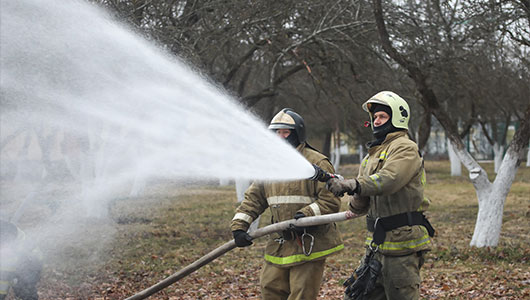
AR-AFFF Foam: Find the Right Formula for Your Needs
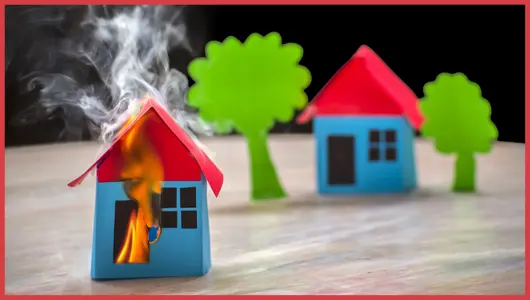
AFFF Foam: Your Essential Guide to Fire Safety

Why ECOFOAM is the Future of Environmentally Friendly Firefighting

Foam Concentrates: Sustainable Solutions for Environmentally Conscious Fire Protection
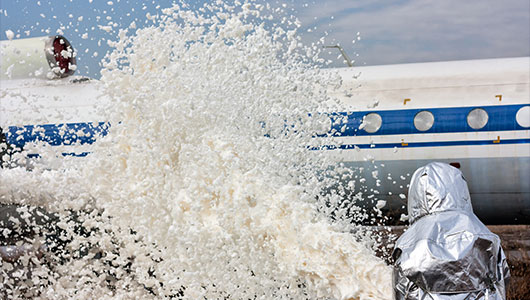
The Right Foam for Every Fire: Synthetic Concentrates for Varied Hazards & Environments

Expansion Foam Concentrate: The Ultimate Solution for Controlling Flammable Liquid Fires
Stop Fire in Its Tracks: Protein Foam's Versatility Across Hazards & Environments

Fluorine-Free Foam (ECOFOAM): Next-Generation Fire Suppression Solutions for Modern Challenges
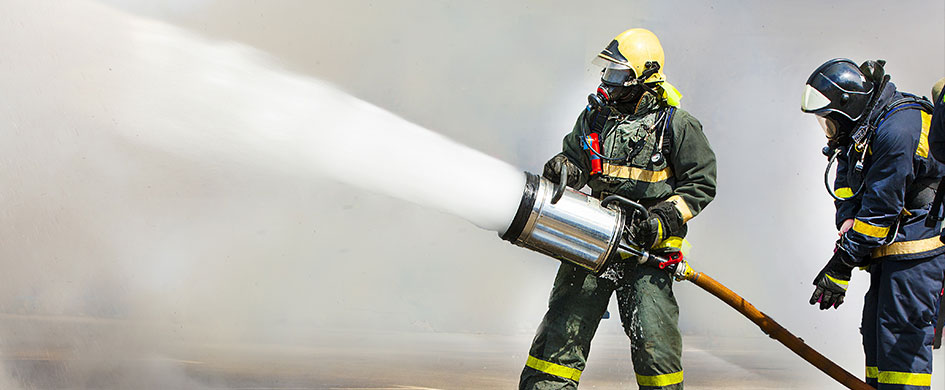
Future of Firefighting is Here: Top Trends in Foam Concentrate Technology Explained

Synthetic Foam Concentrates: The Science Behind Superior Fire Control

Expansion Foam Concentrate: The Game Changer for Fighting Large Fires
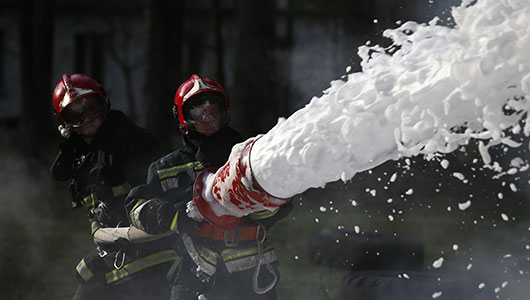
Protein Foam 101: How It Works to Fight Fires
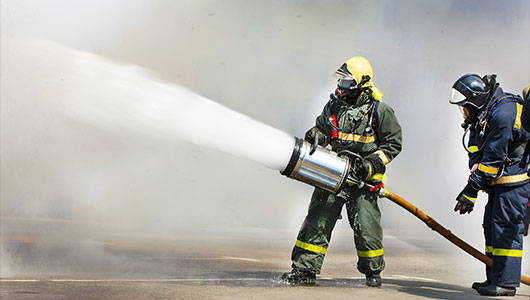
Advantages of Advanced AR-AFFF Foam Technology - Fire Protection Ultimate Guide 2024
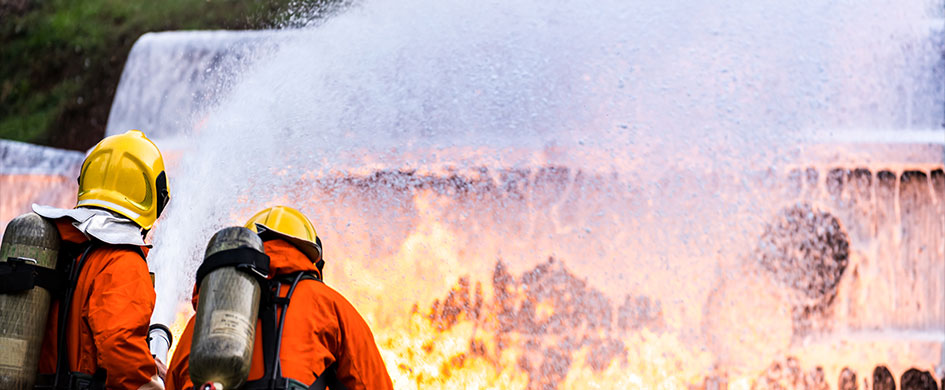
AFFF Fire Suppression: Applications & Benefits for Enhanced Safety
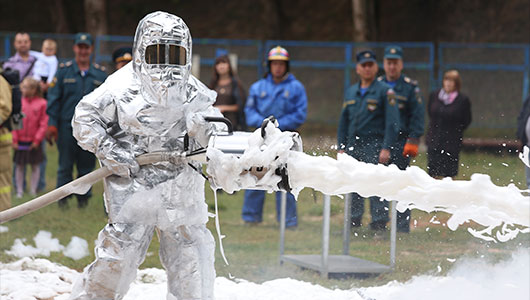
Foam Concentrates vs Traditional Fire Extinguishers: Which is More Effective?

Fight Fires Eco-Friendly: Rise & Future of Fluorine-Free Foam (ECOFOAM)

Synthetic Foam Concentrates: Advancing Fire Suppression with Cutting-Edge Technology

Expand Your Fire Safety Arsenal: Exploring the Versatility of Expansion Foam Concentrate
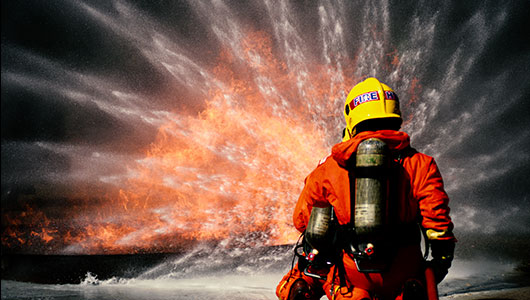
Protein Foam Concentrates: Harnessing Nature's Power for Effective Fire Suppression | Guide 2024
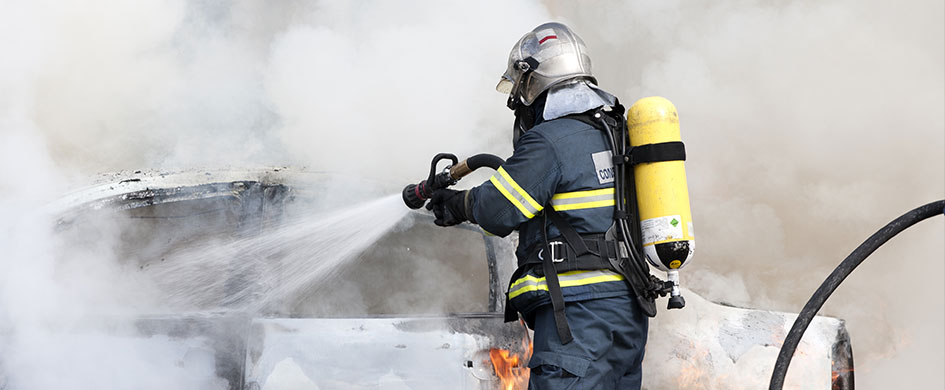
Advanced AR-AFFF Foam: The Cutting-Edge Solution for Superior Fire Suppression Performance
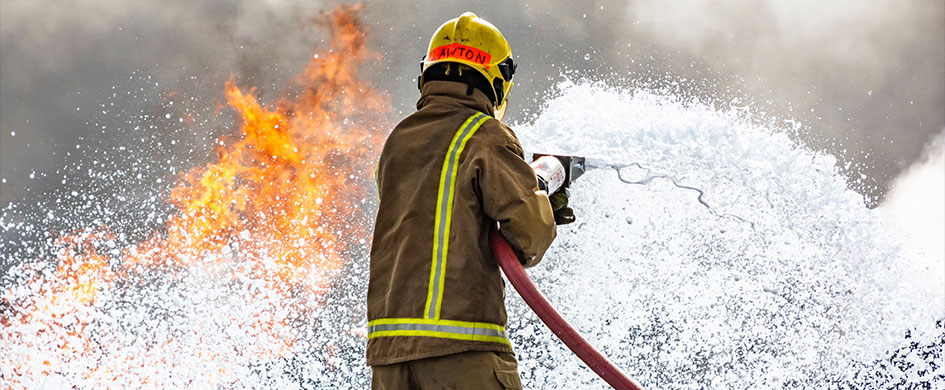
Understanding AFFF Role in Rapid Fire Suppression

The Rise of Eco-Friendly Fire Suppression: Exploring Fluorine Free Foam (ECOFOAM) Solutions

Foam Concentrates: The Ultimate Guide(2024) to Effective Fire Suppression
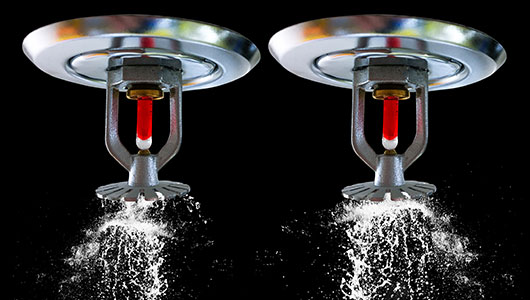
Choosing the Right Fire Sprinkler System for Your Commercial Property
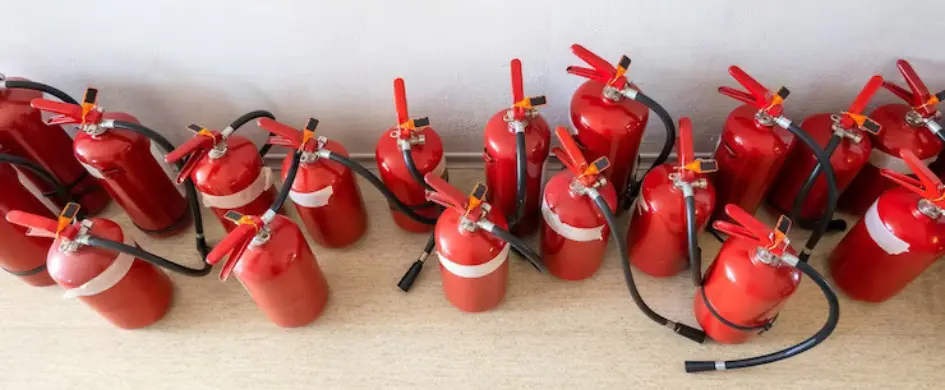
Emergency Evacuation Planning: Steps to Ensure Workplace Safety

The Ultimate Guide to Fire Extinguishers: Types, Uses, and Maintenance
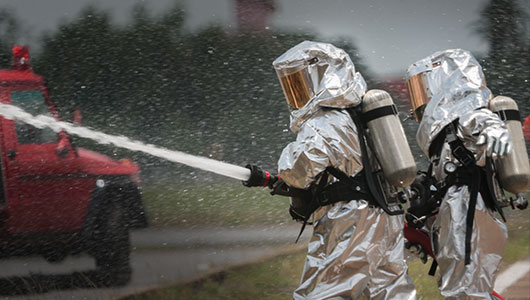
The Role of Personal Protective Equipment (PPE) in Firefighting
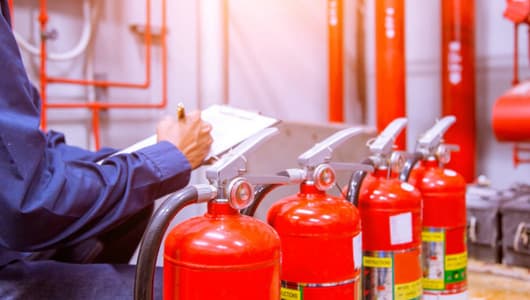
Keeping Your Business Safe: A Comprehensive Guide to Fire Risk Assessments
Protecting Your Electrical Equipment: The Importance of a Fire Suppression System for Electrical Panels
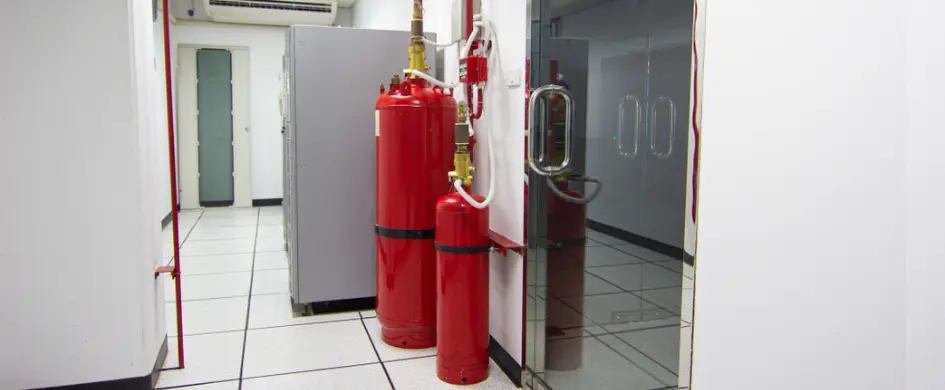
Protect Your Data Center with a Reliable Fire Suppression System

How to choose a water mist fire extinguisher
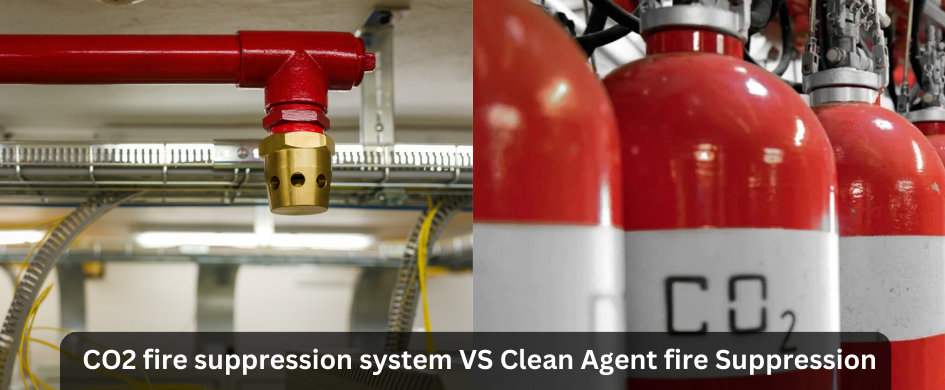
CO2 Fire Suppression System vs Clean Agent fire Suppression
Ensuring Safety in the Factory: Choosing the Right Fire Fighting Equipment
The Top 5 Places Where Fire Suppression Systems are a Must

How to Choose the Right Fire Safety Equipment for Factories

Difference Between Fire Suppression System and Fire Sprinkler
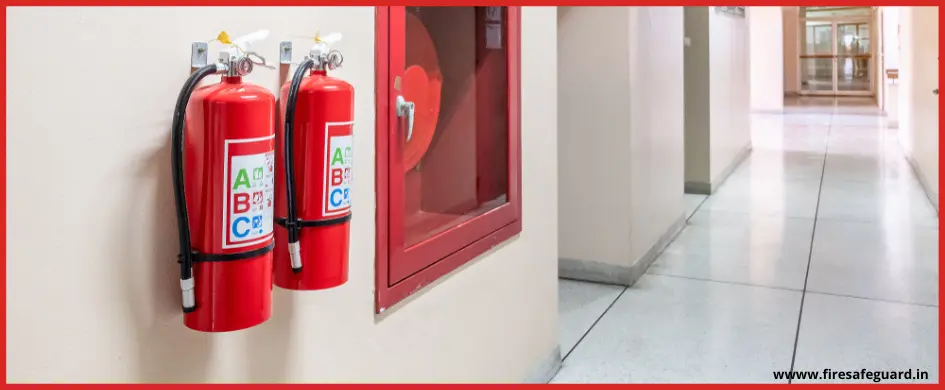
Ultimate Fire Extinguisher Buying Guide for Business owners
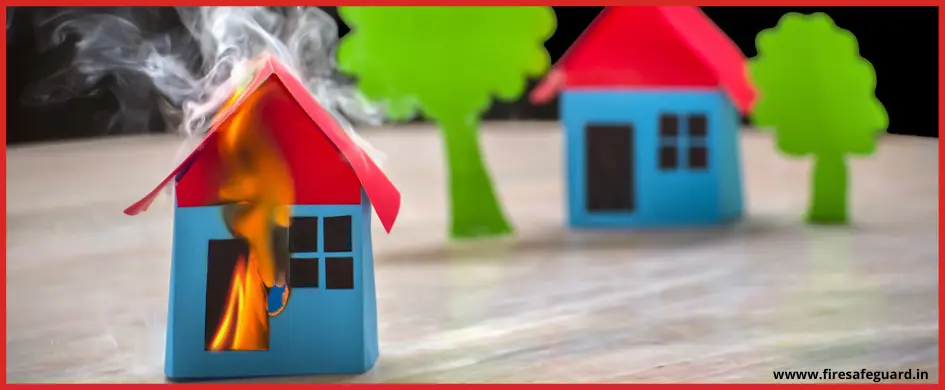
Known and Unknown Facts about Fire Everyone Should Know
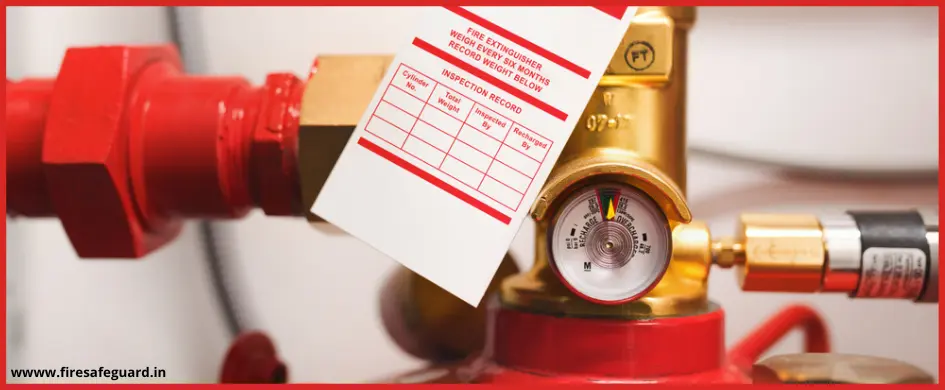
What is a Clean Agent Fire Extinguisher ? Detailed Guide 2024
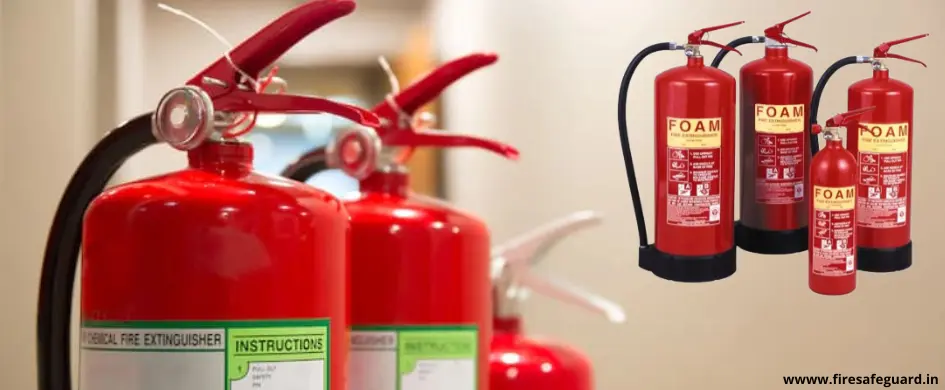
Everything You Need to Know About Foam-Type Fire Extinguishers
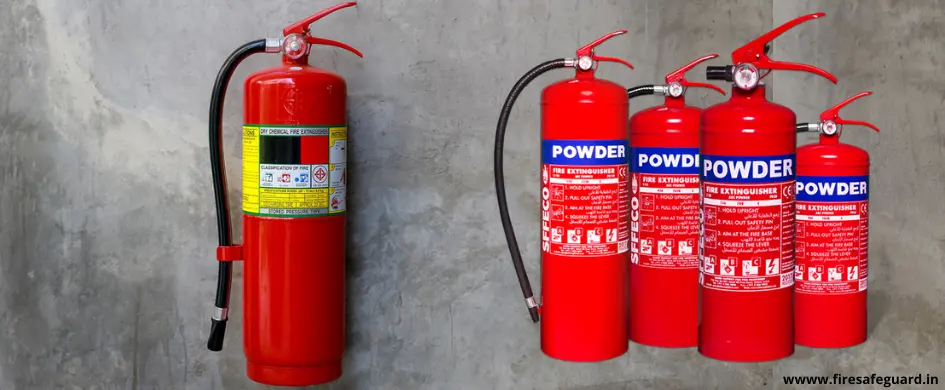
Everything You Need to Know about Dry Chemical Fire Extinguishers - Detailed Guide 2024

Top Fire Extinguisher Manufacturers in India
